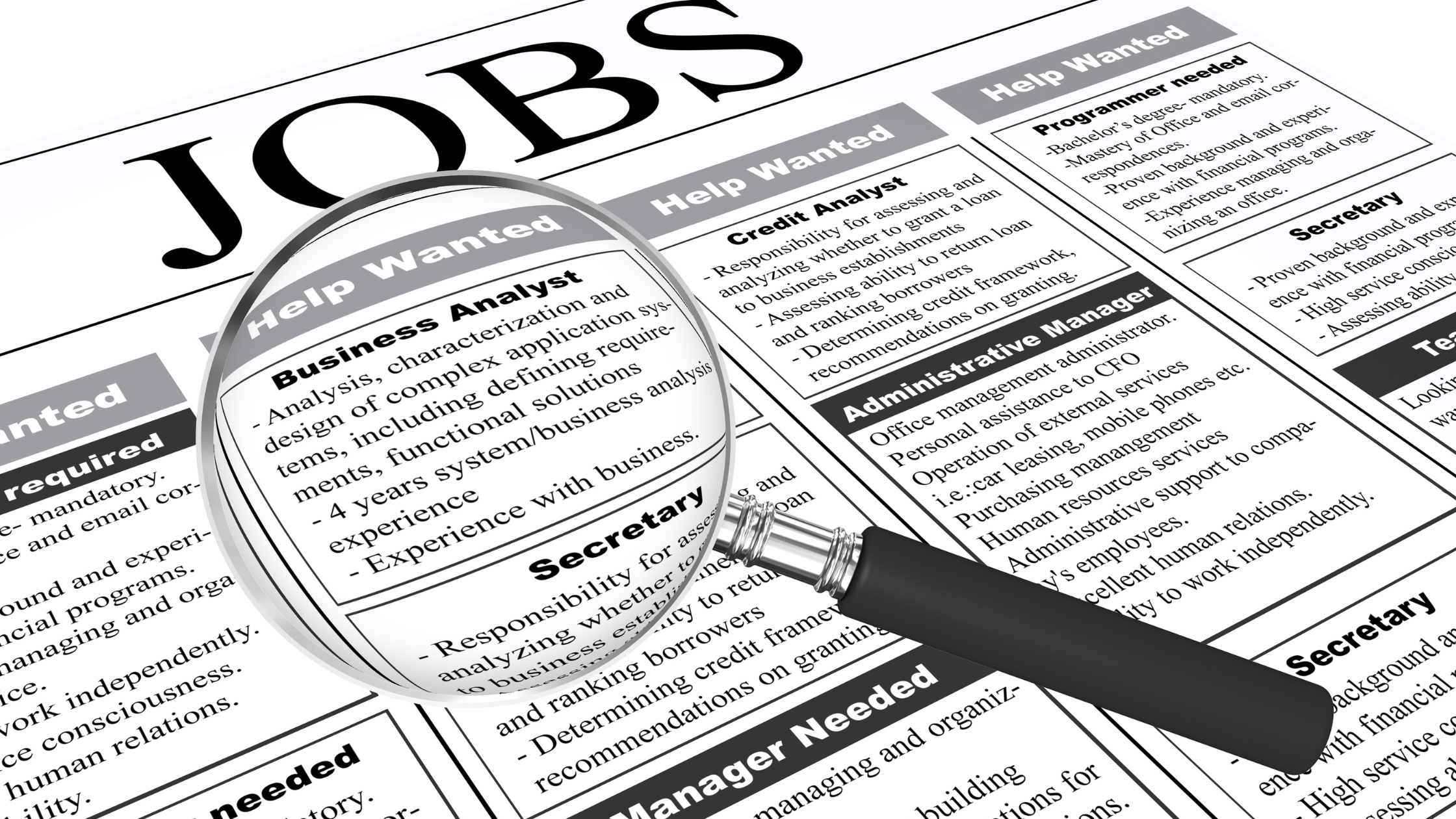
Unemployment Rate Reaches Highest Level in Over Two Years
13th June 2024
The unemployment rate has surged to its highest level in two and a half years, according to official figures. The rate climbed to 4.4% in the three months to April, marking the highest level since September 2021.
Despite this increase, wage growth remained robust, with earnings continuing to rise faster than prices.
Additionally, the inactivity rate has increased to its highest level in nearly a decade, with over a fifth of working-age people not actively seeking work.
“This month’s figures suggest that the labour market may be cooling, with vacancies continuing to fall and unemployment rising, although earnings growth remains relatively strong,” stated the Office for National Statistics (ONS).
Regular earnings, excluding bonuses, rose at an annual pace of 6%, consistent with the previous month. When adjusted for inflation, pay increased at an annual pace of 2.9%, the highest since August 2021.
Economists anticipated a rise in pay due to the National Living Wage increase in April, which raised wages for people aged 21 and over to £11.44 an hour, up 9.8% from last year.
The ONS has cautioned that the unemployment figures should be interpreted carefully due to the small survey sample. However, these figures are corroborated by recent data on employer payrolls, which show a decrease of 36,000 employees between March and April, with further declines in May.
Job vacancies also fell, decreasing by 9,000 to 904,000.
The ONS data showed that 22.3% of working-age adults in the UK are not actively looking for work, which equates to more than nine million people.
Concerns about worker shortages impacting the UK economy persist, with the inactivity rate remaining high since its initial surge during the pandemic. The current rate is the highest since 2015, with long-term sickness being a major contributing factor. Since 2022, it has been the leading reason for economic inactivity among working-age people.
The latest data will be analysed by the Bank of England as it considers the timing of its first interest rate cut since the pandemic began. The Bank will meet next week to discuss interest rates, but KPMG’s chief economist Yael Selfin suggested the “mixed” data is “unlikely to shift the dial at the Bank of England,” predicting that rates will remain unchanged this month. She said that weaker demand for staff was due to “a lack of roles and firms delaying hiring decisions.”
Abrdn’s deputy chief economist Luke Bartholomew said: “UK wage growth remains very strong, but with further evidence that the labour market is cooling, this report is unlikely to significantly change the thinking at the Bank of England. “We expect the first rate cut in August, but that is dependent on further progress on bringing down underlying inflation pressure over the next few months,” he added.
Back to content